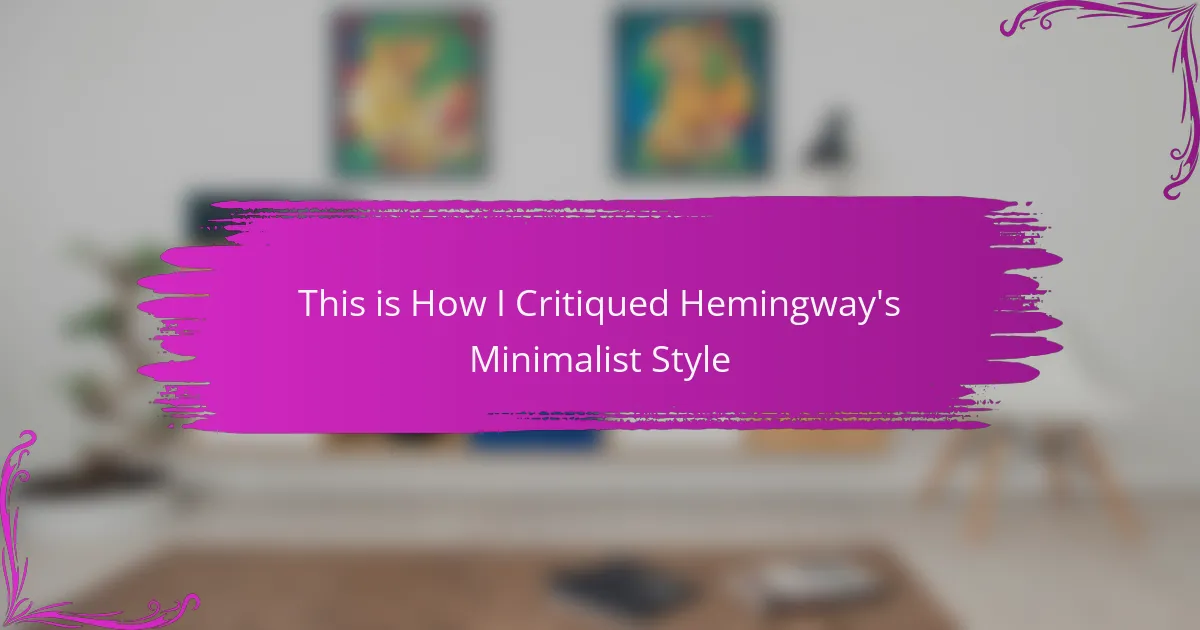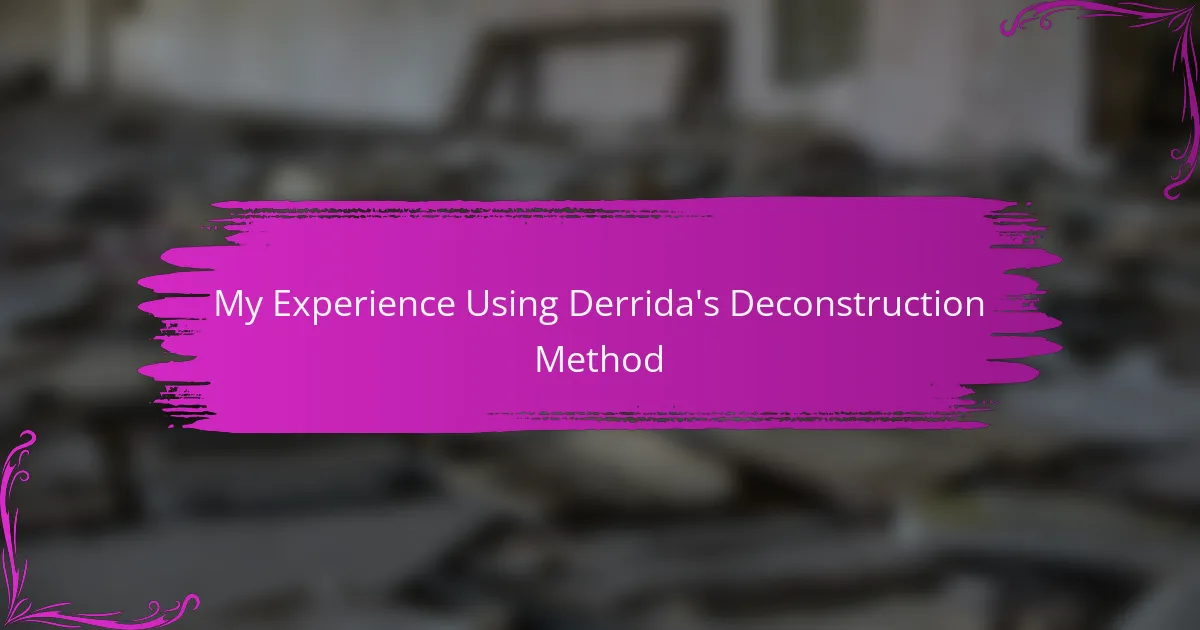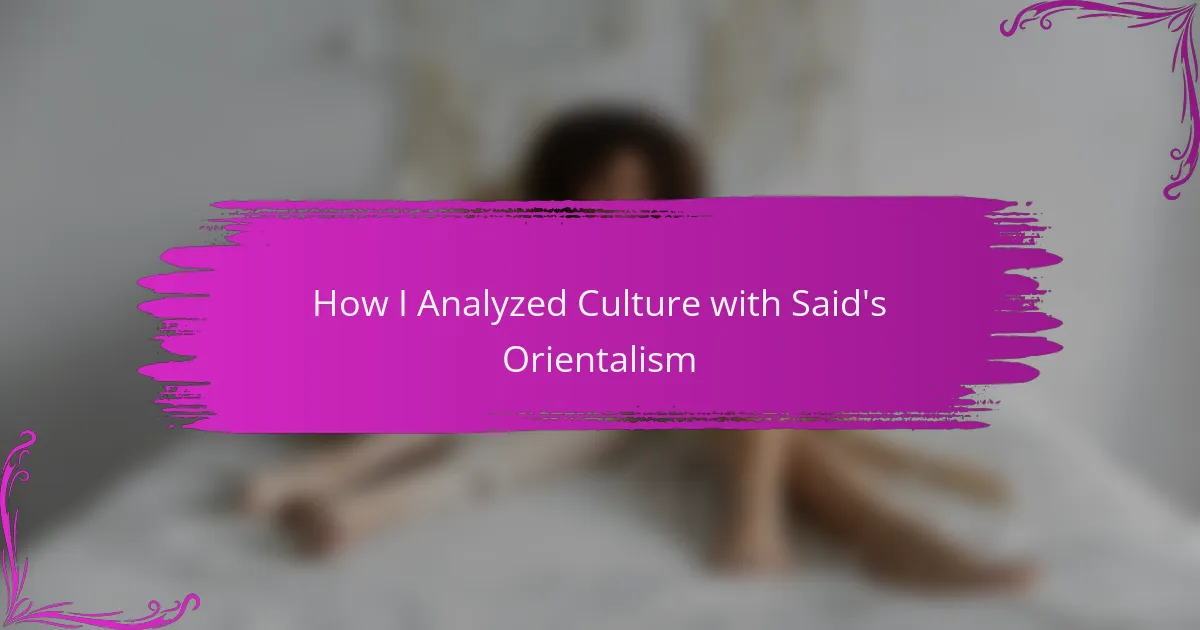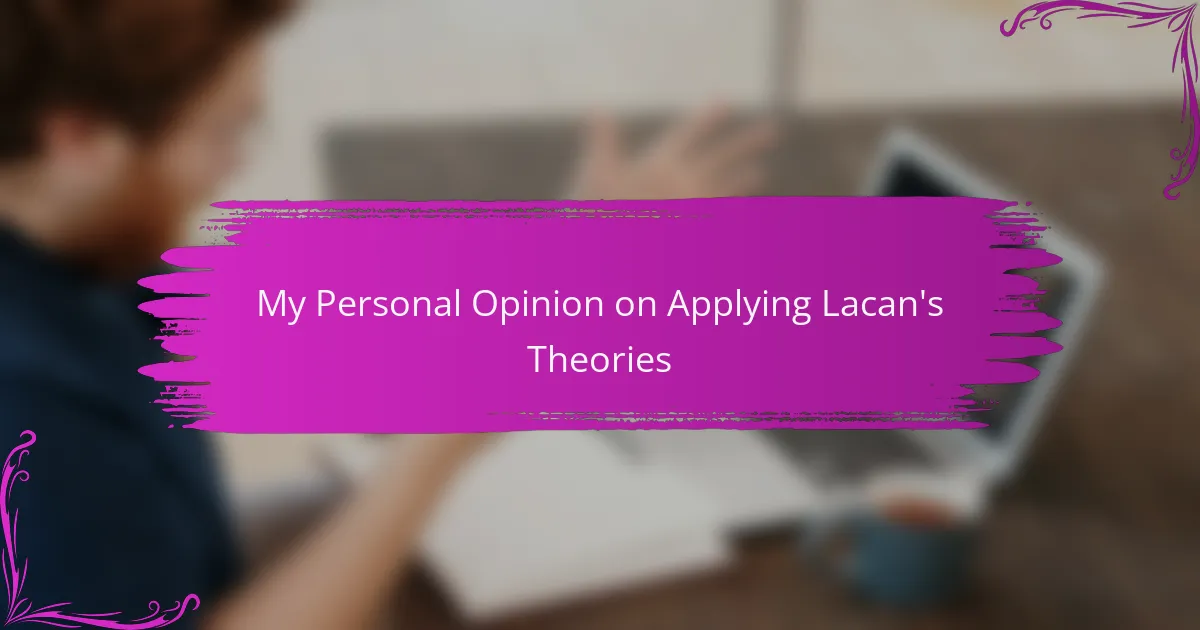Key takeaways
- Minimalism in literature emphasizes simplicity and invites deeper reader engagement through unspoken subtext.
- Hemingway’s key principles include economy of words, the iceberg theory, and a focus on dialogue-driven narratives that reflect authenticity.
- Character development in Hemingway’s work relies on actions and dialogue rather than detailed backstories, fostering reader intimacy and emotional connection.
- Practical writing tips for minimalism include using active voice, choosing words carefully, and utilizing white space to encourage reflection.
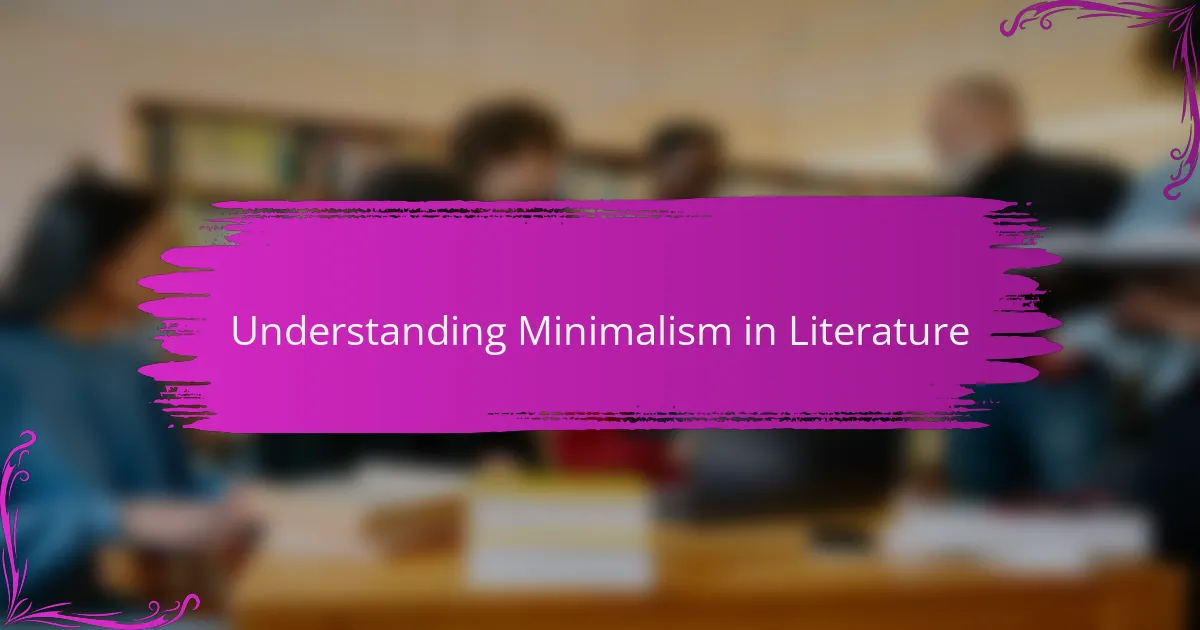
Understanding Minimalism in Literature
Minimalism in literature is all about stripping down language to its bare essentials. This style emphasizes simplicity, leaving much unsaid yet deeply felt. I remember first encountering Hemingway’s work and feeling a strange pull from his sparse prose. It felt like a challenge – to delve deeper into what was not written, to find meaning hidden between the lines.
In essence, minimalism invites readers to engage with text on a more profound level. It encourages us to interpret emotions and surroundings through subtle implications rather than overt descriptions. I often find myself appreciating how Hemingway’s concise sentences pack a punch while sparking vivid imagery and emotions in my mind.
Here’s a comparison table that highlights key differences between minimalist and traditional writing styles:
| Aspect | Minimalism | Traditional Writing |
|---|---|---|
| Language Style | Sparse and concise | Descriptive and elaborate |
| Character Development | Implied through actions | Explicit with backstory |
| Emotional Engagement | Subtle and reflective | Direct and overt |
| Plot Delivery | Simple structure | Complex narrative arcs |

Key Principles of Hemingway’s Style
Hemingway’s minimalist style is rooted in several key principles that define his approach to writing. One of the most striking aspects of his work is his use of simple, direct language. I remember reading “The Old Man and the Sea” and feeling the weight of the story carried by the unembellished sentences. Each word felt deliberate, contributing to the overall depth of the narrative without unnecessary flourishes.
Another essential principle is the “iceberg theory,” where much of the story’s meaning lies beneath the surface. As I analyzed this technique, I realized how powerful it is to allow readers to infer emotions and subtext, creating a richer reading experience. It challenges us to engage actively with the text, making our interpretations a personal journey.
Key Principles of Hemingway’s Style:
– Economy of words: Every word serves a purpose, avoiding superfluous detail.
– The iceberg theory: Much meaning is implied rather than explicitly stated.
– Dialogue-driven narrative: Authenticity achieved through sharp, realistic conversations.
– Focus on the concrete: Emphasis on clear imagery and tangible experiences.
– Strong character development: Characters are usually forged through actions rather than lengthy descriptions.

Analyzing Character Development Techniques
When I delve into Hemingway’s minimalist style, I often notice how he shapes his characters using understated techniques. For instance, he allows their actions and dialogues to speak volumes, leaving much unsaid. This evokes a sense of depth and realism, making readers feel a strong emotional connection to the characters despite their sparse descriptions.
In my experience, Hemingway’s characters often grow through their experiences rather than through overt development. For example, look at how Jake Barnes navigates his world in “The Sun Also Rises.” His personal struggles resonate deeply, showcasing a journey that feels authentic. This technique resonates with me because it reflects real life, where change is often subtle and gradual rather than dramatic.
I find it fascinating to compare Hemingway’s characters with those of other authors. While some writers delve deeply into backstories and internal monologues to convey character depth, Hemingway trusts the reader to infer meaning from what is left unsaid. This method creates an intimacy between the reader and the character, one that I find incredibly powerful.
| Technique | Hemingway’s Approach |
|---|---|
| Character Dialogue | Subtle, layered conversations that reveal deeper truths |
| Character Actions | Actions often speak louder than words, illustrating growth |
| Backstory Development | Minimal background information, leaving it to the reader’s imagination |

Exploring Dialogue and Its Impact
When I delve into Hemingway’s minimalist style, one element that captivates me is his use of dialogue. It’s fascinating how he captures the essence of conversations with such simplicity. I remember reading “The Sun Also Rises” and being struck by how the characters’ exchanges conveyed depth without the need for elaborate descriptions. Each line felt like a peek into their souls, revealing tension and emotion in a few, carefully chosen words.
Moreover, the impact of Hemingway’s dialogues extends beyond mere brevity. They create a rhythm that carries the narrative forward, urging readers to engage actively with the text. I often find myself reflecting on how what is left unsaid often speaks louder. The subtext in his characters’ interactions reflects their inner turmoil and desires, inviting me into a deeper understanding of their motivations.
Here are some specific impacts of Hemingway’s dialogue:
- Brevity fosters tension: Short exchanges can create a sense of urgency and unease, reflecting the characters’ emotional states.
- Subtext enriches meaning: What characters don’t say often carries as much weight as their spoken words, creating layers of insight.
- Realism in relationships: The fluidity and naturalness of conversation enhance the authenticity of characters, making them relatable to readers.
- Engagement through simplicity: Minimalist dialogue invites readers to infer meaning, drawing them deeper into the narrative.
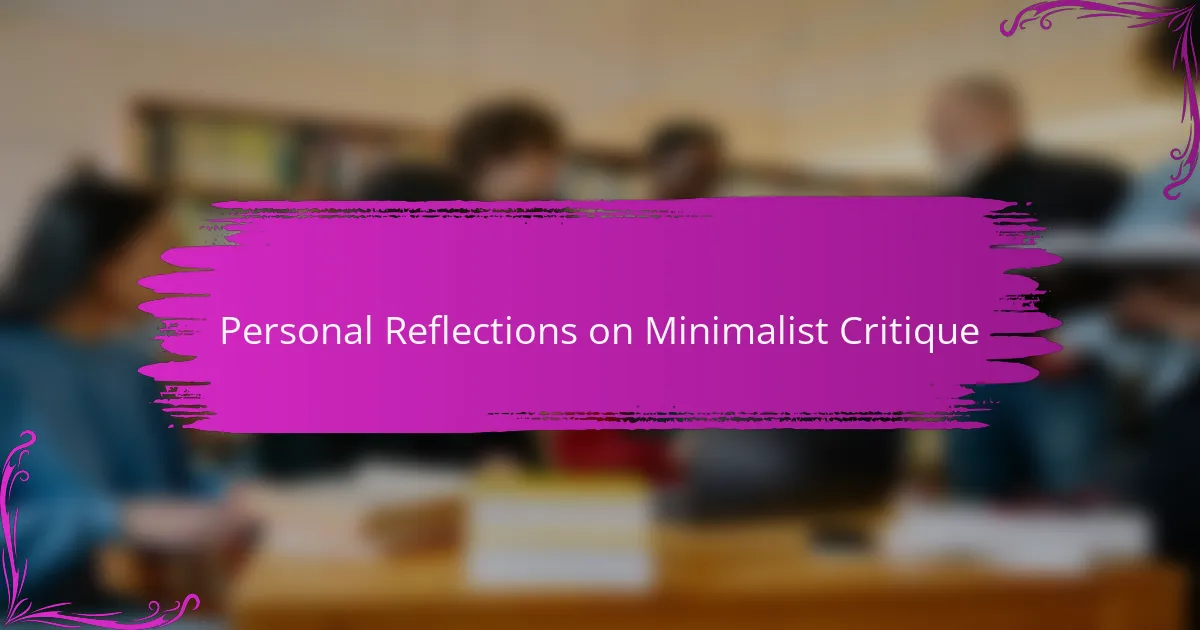
Personal Reflections on Minimalist Critique
Reflecting on Hemingway’s minimalist style has been a revealing journey for me. When I first encountered his work, I was struck by his ability to convey deep emotions with such concise language. It reminded me of how sometimes less truly is more, as I often find myself over-explaining my thoughts when I write.
Through my critique, I’ve come to appreciate the power of suggestion in Hemingway’s prose. His deliberate omissions invite readers to engage their imaginations, a quality I aspire to emulate. In my own writing, I’ve started experimenting with leaving spaces for readers to fill, which has not only strengthened my pieces but has also made the process more enjoyable.
Here’s a comparison table of Hemingway’s minimalist approach versus more elaborate styles:
| Aspect | Hemingway’s Minimalist Style | Elaborate Style |
|---|---|---|
| Language | Concise and straightforward | Descriptive and intricate |
| Emotion | Subtle, implied feelings | Explicit emotional expression |
| Reader Engagement | Invites interpretation | Direct comprehension |
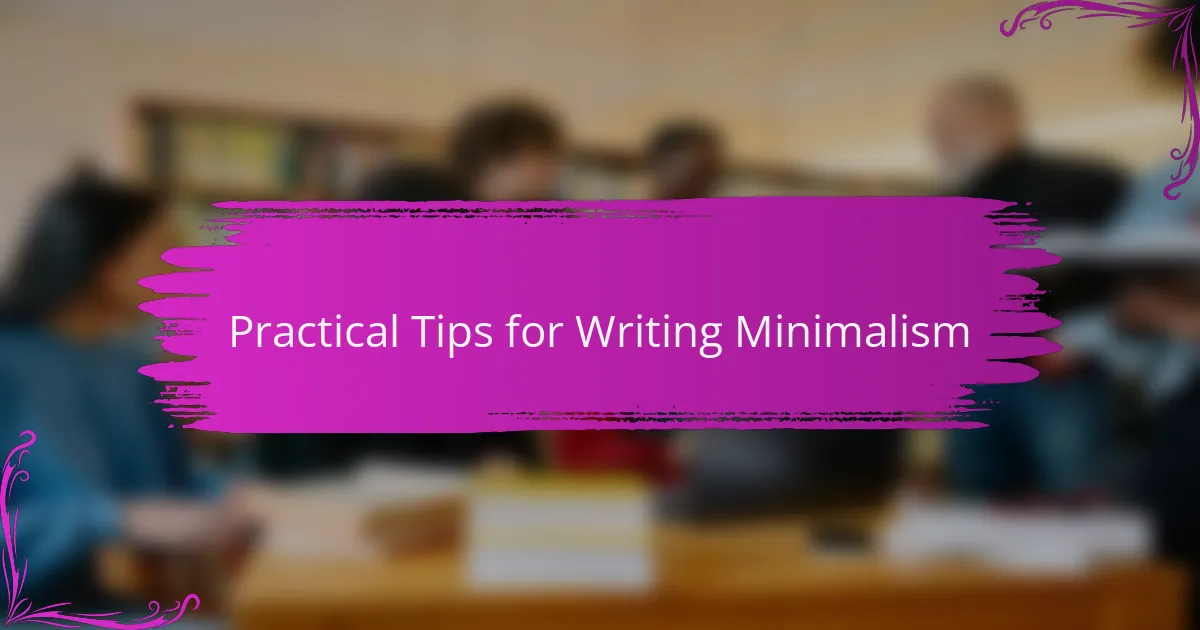
Practical Tips for Writing Minimalism
When approaching minimalist writing, I believe it’s essential to embrace simplicity while still conveying depth. One practical tip I often recommend is to focus on active voice; it brings clarity and energy to your sentences. For instance, instead of saying, “The book was read by her,” try “She read the book.” This transforms the sentence into something more dynamic.
Another effective strategy is to carefully choose your words. In my experience, every word should serve a purpose; eliminate unnecessary adjectives and adverbs. I remember editing a passage where I had initially used multiple descriptors to evoke emotion, but by choosing a single, powerful word instead, I not only streamlined the prose but also heightened its impact.
Lastly, consider using white space to your advantage. In my own writing, I’ve found that allowing for pauses in the narrative invites readers to reflect and engage with the text on a deeper level. Ask yourself: How can I let the reader breathe between thoughts? This will enrich the overall reading experience.
| Tip | Description |
|---|---|
| Use Active Voice | Make sentences lively and direct. |
| Choose Words Carefully | Eliminate fluff for sharper prose. |
| Utilize White Space | Encourage reflection through pauses. |
